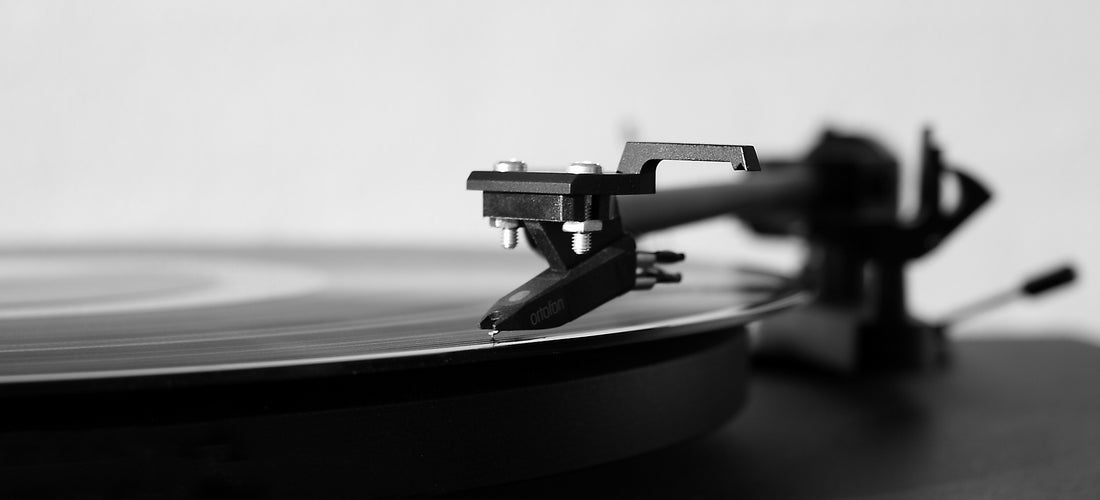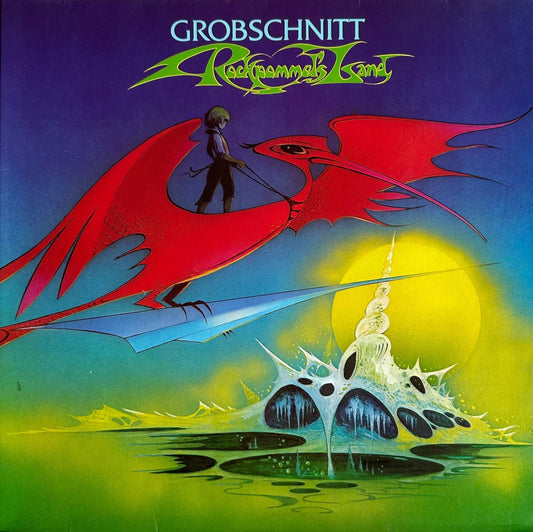“I don’t need no bike that don’t need me!” Harley Mike proclaimed. He was responding to a question asking why anyone would choose to ride a motorcycle that was so problem-prone and maintenance intensive.
Mike is one of those guys who actually likes to work on bikes, unlike the rest of us, who want only to ride them. He gets satisfaction from taking them apart, inspecting the greasy pieces, and fixing or replacing whatever is necessary. For Harley Mike, that’s part of the joy of owning the machine.
It would be easy to dismiss Mike as suffering from some kind of masochistic personality disorder—but he’s not alone. Harley Davidson owns almost 30% of the American motorcycle market (about the same as Honda) so there must be a lot of enthusiasts who enjoy working on their machines.
Consumer Reports revealed in a May 2013 reliability article that, “Despite the number of problems, Harley and BMW owners were among the most satisfied with their bikes.” (Apparently, BMWs are even more problem-prone than Harleys.) It seems the more attention their motorcycles demand, the more their owners love them.
Could it be that mankind has an inborn need to be needed? In this era of childless couples and pet-less singles, is that need being transferred to machines? Is there a correlation in the world of audio?
In a heady discussion with fellow audiophiles, the consensus was that many of us are much like Harley Mike.Some enjoy messing with their equipment as much as utilizing it, particularly the vinylphile guys. To the unschooled masses, it’s painful to watch a vinylphile go through the seemingly endless ritual of extracting the album from the double sleeve, dry cleaning it, then wet cleaning it, de-sparking it with a plastic gun, de-fuzzing the stylus, resetting the VTA, etc. But to the vinylphile, it is a cherished sacrament to insure a boundless harvest.
Both the Harley rider and the vinylphile carry on about their product experiences in transcendental terms that are difficult to understand. To the non-believer, these arguments are akin to mythology or deficit spending. They know that in empirical terms, Hondas are superior in every way to Harleys: they accelerate faster, stop quicker, and handle better. Likewise, digital audio has a wider dynamic range, deeper bass, flatter frequency response, lower harmonic distortion and a lower noise floor. So what is it about these vinylphiles that keeps them rooted in their anachronistic technology?
The Harley guys will tell you they get more chicks, but that doesn’t apply to vinylphiles. They don’t get more chicks, they get more clicks. Clicks can’t run out for beer,but there is more to the story.
Just as Harleys have clear limitations compared to Hondas, the preference for analog, at least in part, may stem from three limitations:
- Analog presents a limited dynamic range. When the volume of the crescendos are capped, the pre-amp can be turned up louder without disturbing the neighbors. Therefore the quiet passages become more audible. The result is described by vinylphiles as greater realism, superior resolution, more body, fatigue-free tonal lusciousness — anything except louder. The claims of superior realism are not without merit. Large concert halls also limit dynamic range, albeit acoustically through distance. The in-your-face dynamics of close-miked recordings faithfully rendered by digital front ends on accurate equipment may actually be less like “live” than the analog presentation.
- What else may account for the analog preference? Most listening rooms consist almost entirely of hard surfaces: walls, ceiling, floor, furniture — all reflect high frequencies back to the listener. Those reflections hit the listener’s ears at a later time than the direct sound from the tweeters, so the high frequencies sound muddied and distorted. This makes some systems unlistenable, especially in small rooms. The correct solution is damping material judiciously placed around the room to absorb reflections. Failing that, attenuating high frequency energy by means of a treble control or an analogue front end works almost as well.
- A common saying in the early days of audio was, “Large speakers create large problems.” Because they produce deeper bass, large speakers are more likely to excite room modes, which makes rooms sing at certain bass frequencies like a kid blowing across a soda bottle. Today’s loudspeakers are capable of reproducing deeper bass than in the past — even those that aren’t particularly large. The deeper the system’s bass response, the more likely it is to excite room modes.
Digital front ends produce deeper bass than their analog counterparts, which are limited by the physical nature of the recording medium and tracking capabilities of cartridges. As a result, the problem of room modes has become endemic. Most of the listening rooms that I’ve measured exhibit bass peaks of 10 to 20 db. When I offered to correct them by electronic means, some owners shook their heads refusing to “mess up their sound” with anything that isn’t Harley approved. They believe that 20 db bass peaks are less problematic than “digital hash” from correction devices like those manufactured by Tact, Lyngdorf, DEQX, Behringer or DSpeaker.
Other owners agreed to some type of electronic room correction below 300 Hz., but I’ve been surprised in two ways by their responses:
- Not a single owner raved about the improvement in bass. Some actually didn’t like the more linear response — so used were they to their bass hump. Yes, this included the guys with $100,000 systems. All that money spent for perfect sound and their systems were less accurate than those lads who spent $3000 on a pair of stand-mount monitors with generic electronics.
- Once the bass hump was corrected, virtually all the owners raved about the improvement — not in bass linearity — but in mid-range resolution! They had assumed the lack of vocal clarity originated with their equipment. Some had repeatedly replaced equipment in an attempt to improve resolution. It didn’t occur to them that the bass hump created by the room was drowning out their mid-range.
So as well as the satisfaction to be derived from cherished sacraments, an analog front end presents at least three additional idiosyncrasies attractive to vinylphiles: it limits dynamic range, high frequency reflections, and bass room modes — all of which foster louder playback levels. As Dr. Floyd Toole discovered during his well-documented speaker research studies for the National Research Council in Ottawa, louder is always perceived as superior.
But there is no need to take Floyd’s word for it. Ask any Harley rider!



